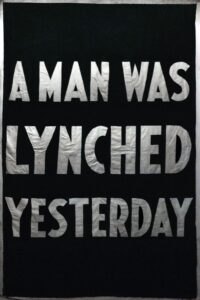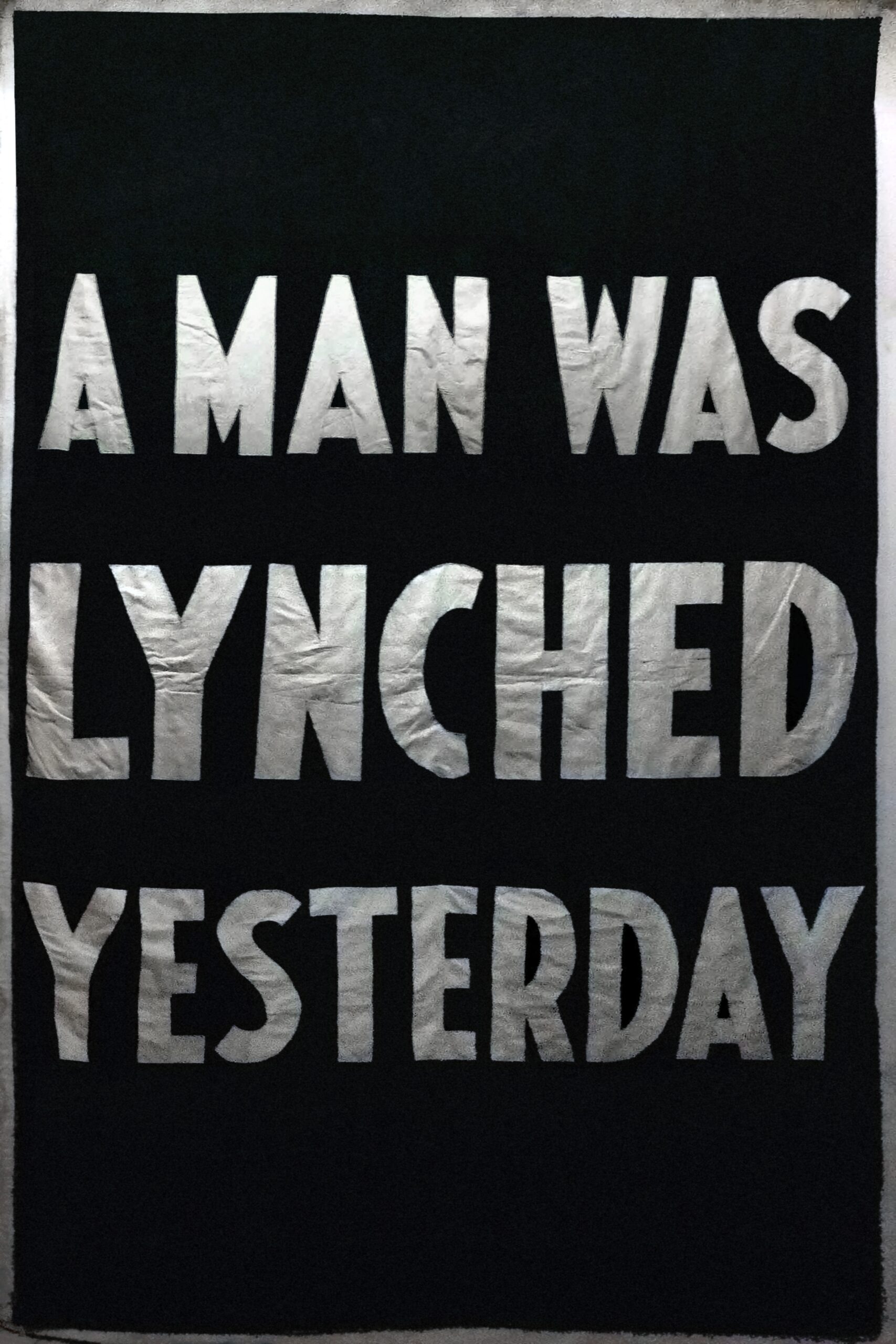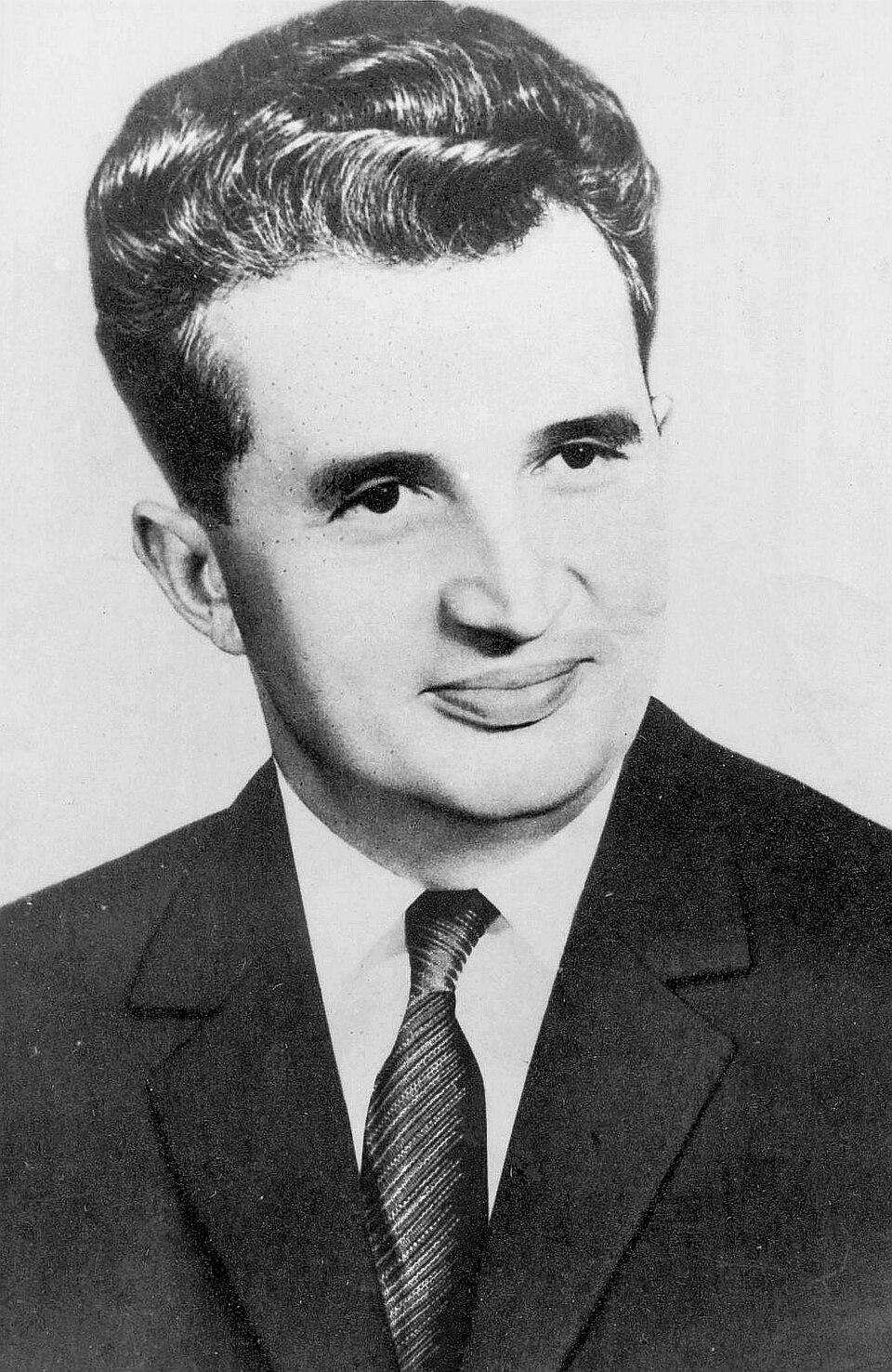The U.S. is considered, in terms of government form, a democracy, a system of government in which the power is vested in the people, and free elections are held. In a democratic system, one of the most seemingly direct forms of political participation, actions to support the government or politicians, is voting. Presidential elections are held every four years, congressional elections every two, and a wide array of state and local elections take place every year. That being said, political beliefs and attitudes have a tendency to invade many parts of society aside from the voting booths. Political sociology, the study of political groups, leadership, and social power, provides a lens through which to examine the way human society and politics inevitably intersect. A significant medium for this intersection can be seen through human creation and consumption of art and symbols.
 At times, art is used as an intentional vessel for political protest and advocacy. In the U.S., there is a distinct history of the exploitation and commodification of Native American identities — from the forcible removal of Native Americans from their land to the absorption and repackaging of Native American culture and imagery. Native American artist James Luna presented The Artifact Piece in 1987, an installation where Luna himself laid in a bed of sand surrounded by many of his material artifacts in an attempt to provoke thought on the objectification of Native Americans, almost always perpetuated by government systems. In 2015, artist Dread Scott created a banner with the words “A Man Was Lynched by Police Yesterday” emblazoned across it following the murder of Walker Scott at the hands of police officer Michael T. Slager. In creating this blunt banner, Dread Scott meant to remind the world of the flags the NAACP would hang from their New York headquarters in the 1920s and 30s as a way of bringing awareness to racist lynchings. In this way, the 2015 banner served a dual purpose — raising an alarm to the murder of an innocent man and comparing the political and social tensions from the early 20th century to the early 21st century.
At times, art is used as an intentional vessel for political protest and advocacy. In the U.S., there is a distinct history of the exploitation and commodification of Native American identities — from the forcible removal of Native Americans from their land to the absorption and repackaging of Native American culture and imagery. Native American artist James Luna presented The Artifact Piece in 1987, an installation where Luna himself laid in a bed of sand surrounded by many of his material artifacts in an attempt to provoke thought on the objectification of Native Americans, almost always perpetuated by government systems. In 2015, artist Dread Scott created a banner with the words “A Man Was Lynched by Police Yesterday” emblazoned across it following the murder of Walker Scott at the hands of police officer Michael T. Slager. In creating this blunt banner, Dread Scott meant to remind the world of the flags the NAACP would hang from their New York headquarters in the 1920s and 30s as a way of bringing awareness to racist lynchings. In this way, the 2015 banner served a dual purpose — raising an alarm to the murder of an innocent man and comparing the political and social tensions from the early 20th century to the early 21st century.
Other forms of art — movies and television, for example — serve as reflective pieces on political and social movements at any given time. In March of 1996, the film The Birdcage was released. A comedic-in-genre movie, Birdcage follows a gay drag –club owner and his longtime partner’s experience blending their family with that of a conservative politician who actively fights against the rights of marginalized people. The movie’s conclusion seems to settle on themes of civility and acceptance, concepts at the forefront of the Gay Rights Movement at that time. A few years prior, in 1993, the U.S. Military implemented the “Don’t Ask, Don’t Tell” policy, which seemingly allowed space for the LGBTQ+ community in the military but not openly. A couple months after the release of The Birdcage, the U.S. Supreme Court made a landmark decision (Romer v. Evans) declaring discrimination based on sexual orientation unconstitutional. With this context, one can understand the ways in which The Birdcage has been considered a mildly subversive film in ways that reflect attitudes toward LGBTQ+ rights at the time it was released. Almost 20 years later, in June of 2015, the Supreme Court decision in Obergefell v. Hodges legalized gay marriage and changed the direction of LGBTQ+ movements and, purportedly, the direction of art created on the subject.

Symbolism, a movement within artistic and literary spaces, proposes meaning behind forms and objects and ideas. Some of the most influential political art, then, may be the images and symbols created accidentally. In May of 2022, Uvalde, Texas, became the site of another mass shooting when an active shooter invaded Robb Elementary School and murdered 19 students, 2 teachers, and injured many more. One of the victims, 10-year-old Maite Rodriguez, was identified by the shoes she wore to school that day — green Converse with a heart drawn on. Petitions were created with ‘green Converse’ as headlines, social media campaigns called for rebrands of the shoes, and pins and other merchandise representing Maite’s converse were created to raise funds for ending gun violence. Maite’s mom, Ana Rodriguez, discussed the meaning of the Converse shoes with regard to discussions on the Uvalde shooting. In this manner, green Converse became a symbol for political discussions on gun violence and what directions to take in relation to it.
Art is and can be defined very broadly, serving a number of purposes in people’s social, emotional, environmental, and political spheres. Some sociological perspectives on art understand it as a means of building social capital, the network of links that develop between people, which may result in personal, social and professional advantage. This perspective accepts art as a bridge between people and societies. Political scientist Murray Edelman considers art to be a key player in political beliefs and conceptions. Reflections on art, politics, and sociology continue to bleed into each other and will no doubt remain intertwined in life and in research.
Lanzante is a guest blogger at UITAC Publishing. UITAC’s mission is to provide high-quality, affordable, and socially responsible online course materials.
Images used in this blog:
- “A Man Was Lynched Yesterday (cropped and retouched)” by Smash the Iron Cage is licensed under CC BY-SA 4.0. This image has not been altered.
- “Robb Elementary School Uvalde Texas 2015” by Don Holloway is licensed under CC BY 2.0. This image has not been altered.




